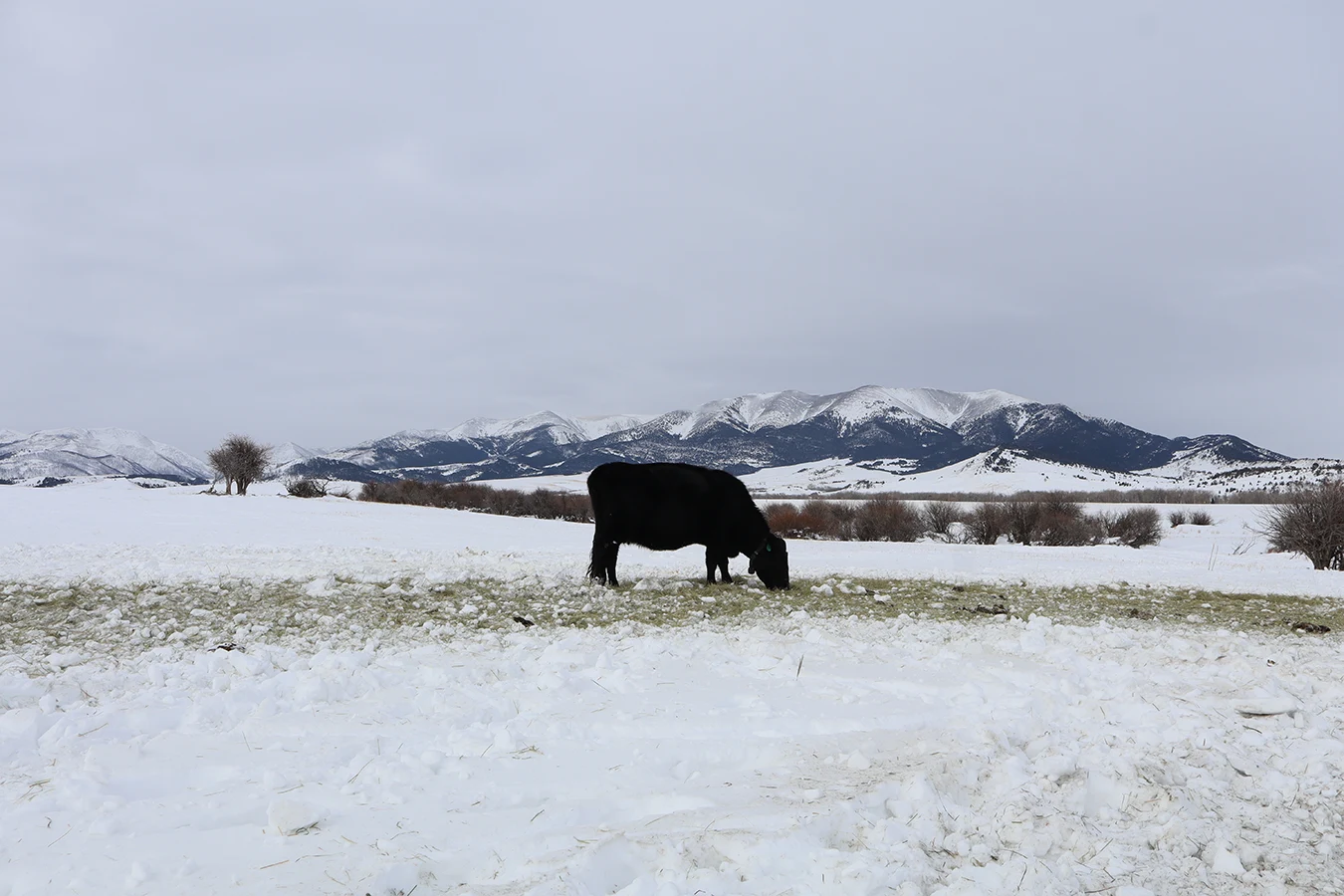Virtual fencing for cattle: complete guide for ranchers
Fencing is one of the most time-consuming and expensive parts of ranching. Building it takes posts, wire, labor, and precious time. Maintaining it means constant repairs. And once a fence is set, it can’t move with your cattle.
Virtual fencing changes that. Instead of wire and gates, you can move and contain cattle virtually, no matter where you are. This guide explains what virtual fencing is, how it works, and why ranchers across the U.S. are choosing it.
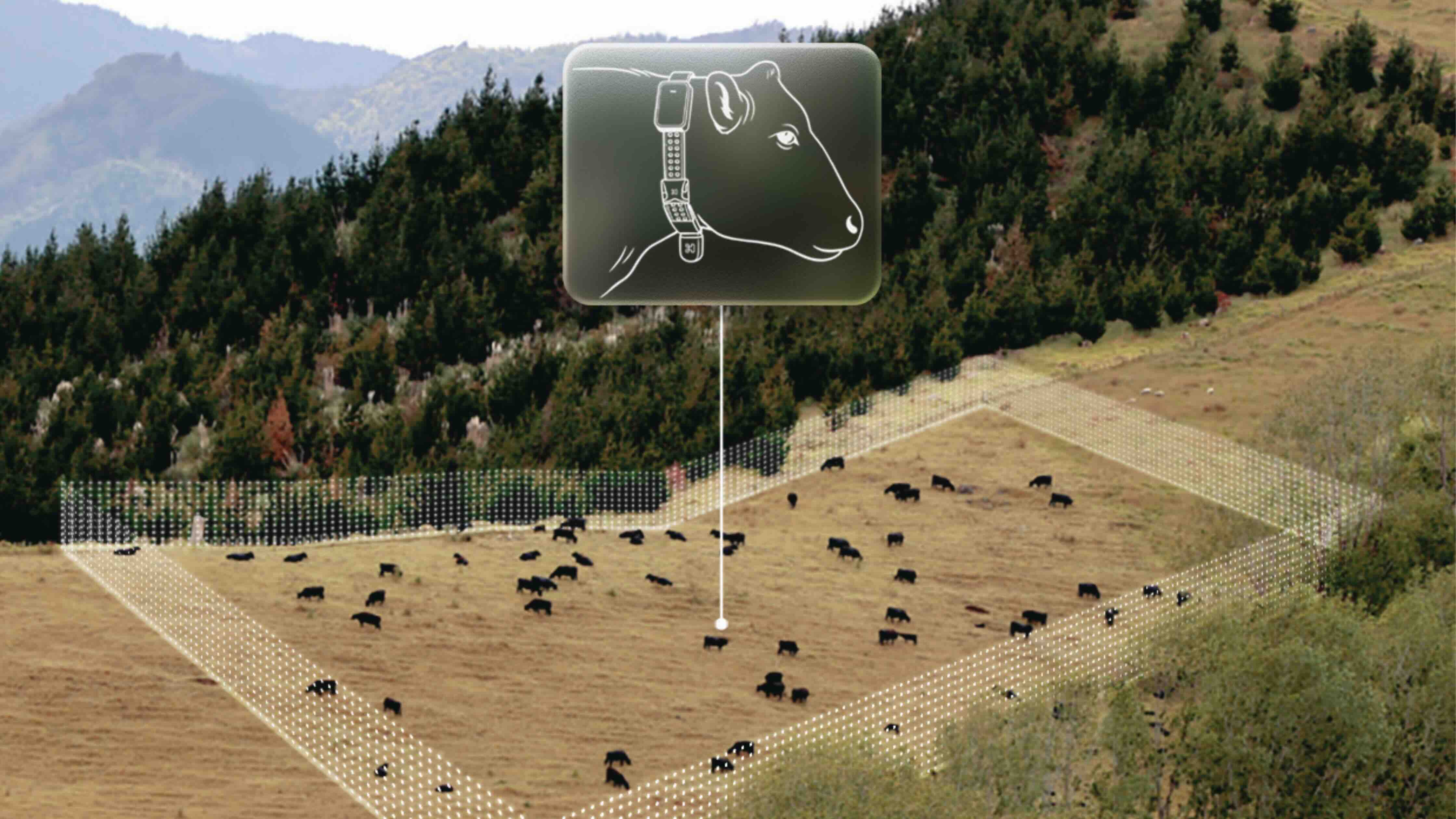
What is virtual fencing?
Virtual fencing is a livestock management technology that uses collars and software platforms to contain and move animals without physical fences. Ranchers create virtual boundaries, usually in a mobile app program, and cattle respond to various cues and, if necessary, mild electric pulses when they reach those boundaries.
This gives ranchers more flexibility in how they manage cattle and grazing, reduces the need for posts and wire, and cuts down on labor spent maintaining traditional fences.
How does Halter work?
Halter is the global leader in virtual fencing, using GPS-enabled, solar-powered collars and small transmission towers to move your cattle directly from our phone app.
Here's how it works: each cow is fitted with a smart, GPS-enabled collar, which communicates back and forth via LoRaWAN (long-range network) towers installed on the property. The rancher has access to the Halter app with satellite imagery of their land, where they can create virtual fences. When a fence is created, the collars communicate with the towers, the towers connect to the app, and the app sends commands back through the towers to the collars. That loop is what makes it possible to manage cattle from anywhere.
Once a fence is set up in the app, cattle learn to stay inside it through a clear sequence of cues. As an animal approaches a boundary, the collar plays a directional audio tone on one side of the collar. The cow hears sound coming from the direction she needs to move away from, which guides her back into the containment area. If the sound is ignored, the collar delivers a safe, low-level pulse that is significantly weaker than an electric fence (about one-tenth the strength of traditional hot wire). The pulse is predictable and controllable, meaning a cow always knows when she's going to get it and can control whether it happens by responding to the earlier cues.
When it's time to rotate into a new pasture, the collar vibrates to signal fresh feed is available, encouraging the herd to move forward.
Once trained, most cattle respond to sound alone. In fact, the guidance cues that a typical cow receives each day are almost entirely sound and vibration. Because the collars are solar-powered, there are no battery changes or downtime. With towers extending coverage across a ranch, Halter maintains high containment rates with collars that respond reliably within minutes.
Halter is currently used on operations across 20+ states including Texas, Montana, Wyoming, Colorado, and throughout the Mountain West and Great Plains.
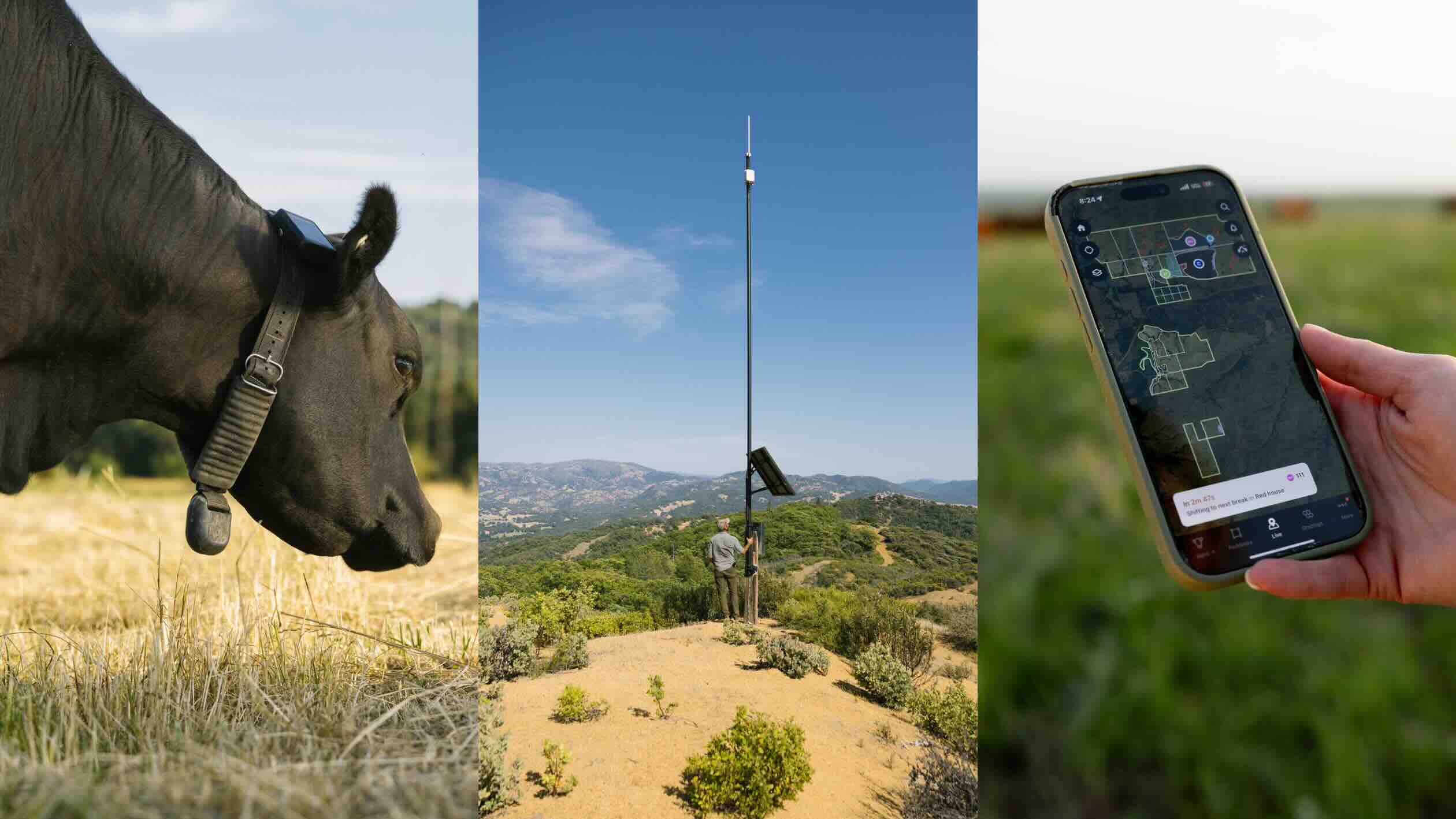
Why ranchers use Halter
Traditionally, ranchers have been constrained by the workload and cost of installing and maintaining physical fencing on extensive operations. This has made it difficult to implement and benefit from higher stocking rates and rotational grazing practices that improve both land and cattle performance.
Virtual fencing removes these constraints and provides a multitude of benefits for ranching operations. Instead of being limited by how much fence you can afford to build or maintain, you can manage your grazing based on what's best for your land and livestock. Halter shows you the real-time location of every animal in the app, so you always know where your herd is, no matter the terrain. With boundaries you can move in seconds, you get the flexibility to adjust grazing as conditions change.
Virtual fencing also makes it easier to rotate pastures, give grass time to recover, and protect waterways. And by keeping cattle on fresh feed with less stress, it helps maintain weight and overall herd health while reducing fencing costs.
Virtual fencing vs. traditional fencing
The differences between traditional and virtual fencing come down to flexibility, labor, and adaptability:
Traditional fencing:
- High upfront costs for materials and labor
- Permanent placement that's hard to change
- Constant maintenance and repairs needed
- Time-intensive to build and fix
- Fixed control over where cattle can go
Virtual fencing with Halter:
- One-time payment for tower infrastructure and a monthly per-head subscription, with collars included
- Boundaries can be changed anytime from your phone
- Low maintenance with solar-powered collars
- Set and adjust fences in seconds
- Adaptable and precise control that changes with your needs
Where permanent fence keeps cattle in one place, Halter makes your fencing as flexible and adaptable as your management needs to be.
Who can use Halter’s virtual fencing?
Halter can be adapted to nearly any cattle operation:
- Large enterprises managing 1,000+ head across thousands of acres use it to cover more ground without adding miles of wire
- Multigenerational family ranches use it to save time and labor, creating a more resilient operation while managing grazing more effectively
- Ranches in rough or remote country use it where building and maintaining fence is difficult, expensive, or nearly impossible due to terrain
- Operations focused on land stewardship use it to protect riparian areas, rest pastures strategically, and keep cattle off sensitive ground while maintaining productivity
- Cow-calf operations use it to separate herds, manage weaning, and control breeding groups without building permanent divisions
Common questions
Does virtual fencing hurt cattle?
No. Our collars use sound first, and a low-energy electric pulse (significantly weaker than an electric fence) is used only when cows repeatedly ignore the primary cues. At Halter, animal welfare is our top priority, so our collars have gone through multiple design iterations with careful attention to ergonomics and cattle comfort.
How long does it take cattle to learn virtual fencing?
With Halter, most herds adapt within a few days. Because our collars use directional audio guidance instead of generic beeps, cattle learn faster and move with less stress. The directional cues help cattle understand exactly where to move, which leads to quicker learning and higher containment rates.
What happens if a collar loses power?
Halter collars are solar-powered and designed to run year-round. In rare cases where a collar gets minimal sunlight for an extended period (like being under heavy tree cover for a month), it can be swapped out with a spare collar and placed in the sun to recharge.
What technology does Halter use?
Each collar runs on GPS and communicates with a mobile and web-based app through LoRaWAN towers. The collars and towers are solar-powered, so there are no battery changes or downtime. Halter's high coverage model means every part of the farm is covered, so communication lines with the collars are always open.
Can it replace wire completely?
Many ranchers keep perimeter fences in place but use virtual fencing inside those boundaries for everyday management. This gives you the security of a physical perimeter with the flexibility of virtual management inside.
How does Halter save me time?
Halter cuts out hours daily of fence building and repair, looking for cattle, moving herds, and more.
You'll save time on:
- Fixing fences: No more riding fence lines or repairing broken fence
- Finding cattle: See every animal's location in the app instead of driving miles looking for strays
- Moving multiple herds: Rotate cattle into fresh grass from your phone
- Quick adjustments: Change virtual fences in seconds when weather or conditions change
- Separating cattle: Isolate sick animals or manage breeding groups without gathering the whole herd
- Monitoring individual animals: Get alerts when a cow shows unusual behavior so you can check on her right away
How does virtual fencing affect grazing management?
Virtual fencing makes rotational grazing easier by letting you move cattle into fresh pasture and give grass time to recover. With Halter, ranchers are able to rest pastures more effectively and make better use of forage. The ability to change pasture sizes and rotation timing on the fly means you can respond to conditions as you need to.
What happens if an animal pushes through a virtual boundary?
Because Halter collars use directional audio and pulses, containment rates are very high. If an animal does cross, you can see its exact location in the app and adjust fences or bring it back quickly. The app alerts you to unusual activity so you can respond right away.
How much does Halter cost?
Ranchers pay for tower infrastructure and a monthly per-head subscription, with collars included. Often, ranchers report the investment quickly pays for itself through reduced labor, eliminated fence maintenance, increased stocking rates, boosted weaning weights, and improved grazing management. Actual costs vary based on herd size and acreage. Contact your local rep to chat more and see if Halter is a fit for your operation.
What's the learning curve for Halter?
Our launch team takes every rancher through training to make sure you're completely comfortable and confident using the system. Most ranchers are comfortable using the Halter app within a few hours. If you ever find yourself in a bind, Halter provides 24/7 support to help you troubleshoot as needed.
Why Halter?
Halter isn't just another virtual fencing system. It's engineered and built for ranch conditions and backed by 24/7 local support. Halter has been refining this technology for over five years commercially, and today is used on thousands of operations and over 500,000 cattle worldwide. What started in New Zealand’s intensive grazing country is now helping US ranchers manage cattle and land with the same level of precision.
What sets Halter apart:
- Directional guidance. Halter collars do more than beep when an animal approaches a fence line. They give left or right audio cues so cattle know which way to turn. That means faster training, smoother movement, and less stress on the herd.
- Solar-powered and built tough. No battery replacements, no downtime, and collars designed to handle mud, dust, heat, snow, and whatever else you throw at it.
- Reliable at scale. Halter maintains high containment success rates with collars that respond faster and more reliably. Whether you're running 100 head or a couple thousand, the system works the same.
- Complete system. Halter includes collars, towers, the Halter app, and local support. Everything works together from the start.
- Proven results. Ranchers are using Halter to save labor, increase stocking rates, boost weaning weights, improve pasture health, and move herds in ways that weren't possible with traditional fencing. See Halter's virtual fencing in action on working ranches.
- Always supported. Our team provides 24/7 service and a lifetime warranty, so you know the system is backed for the long haul.
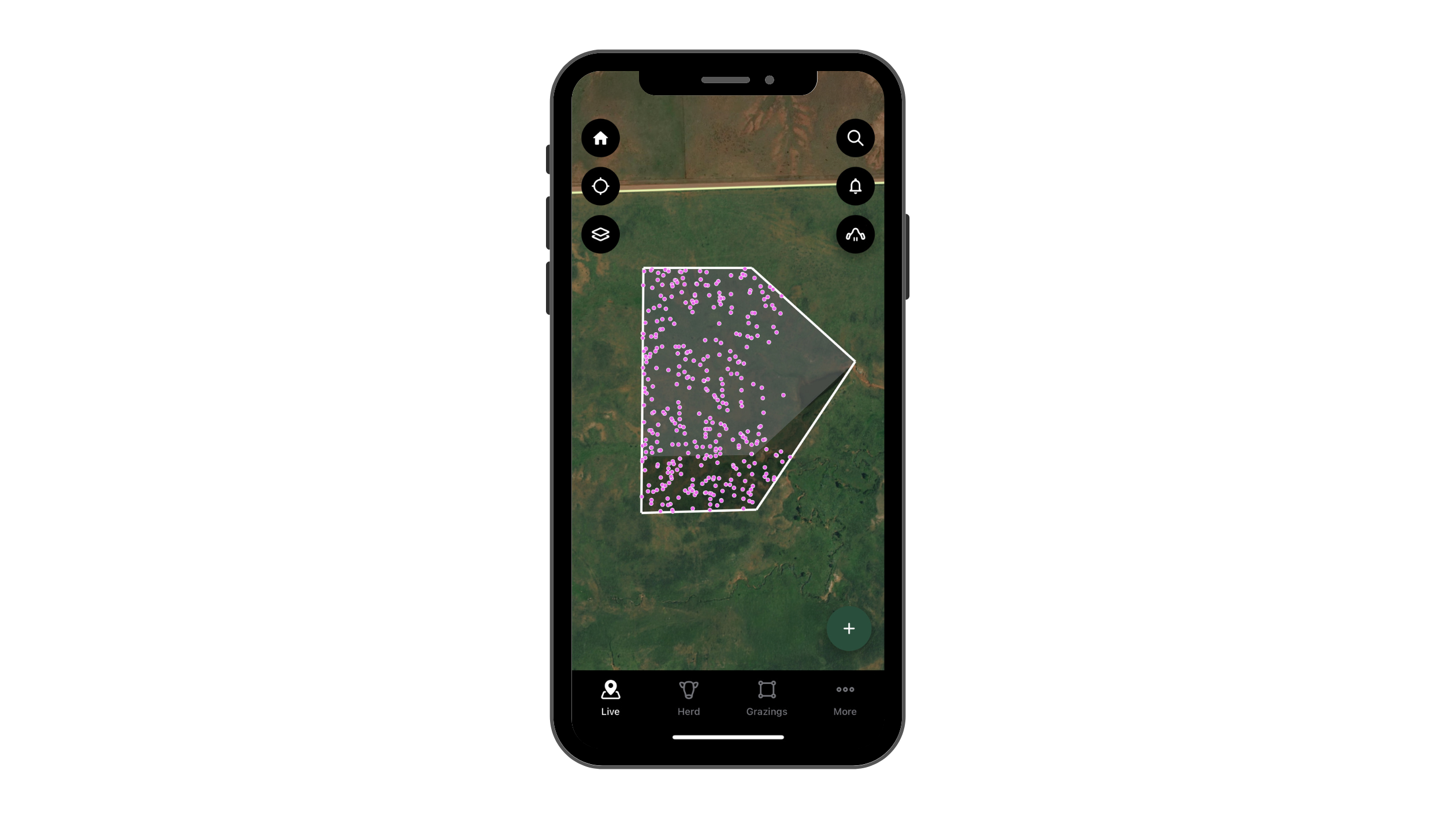
The future of fencing
Ranching has always been about adapting to new challenges. Virtual fencing is one of the biggest changes in how cattle are managed today. It saves labor and time, gives you more control, and opens the door to better land and herd management.
If you're just starting to explore what virtual fencing could look like on your place, the best next step is to hear directly from other ranchers. Check out our testimonials to see how operations across the U.S. are already putting Halter to work.
Related Blog Posts
See all articles
Get ready for your first mating season with Halter
In this post we run through tips for your first mating season with Halter cow collars.
Read more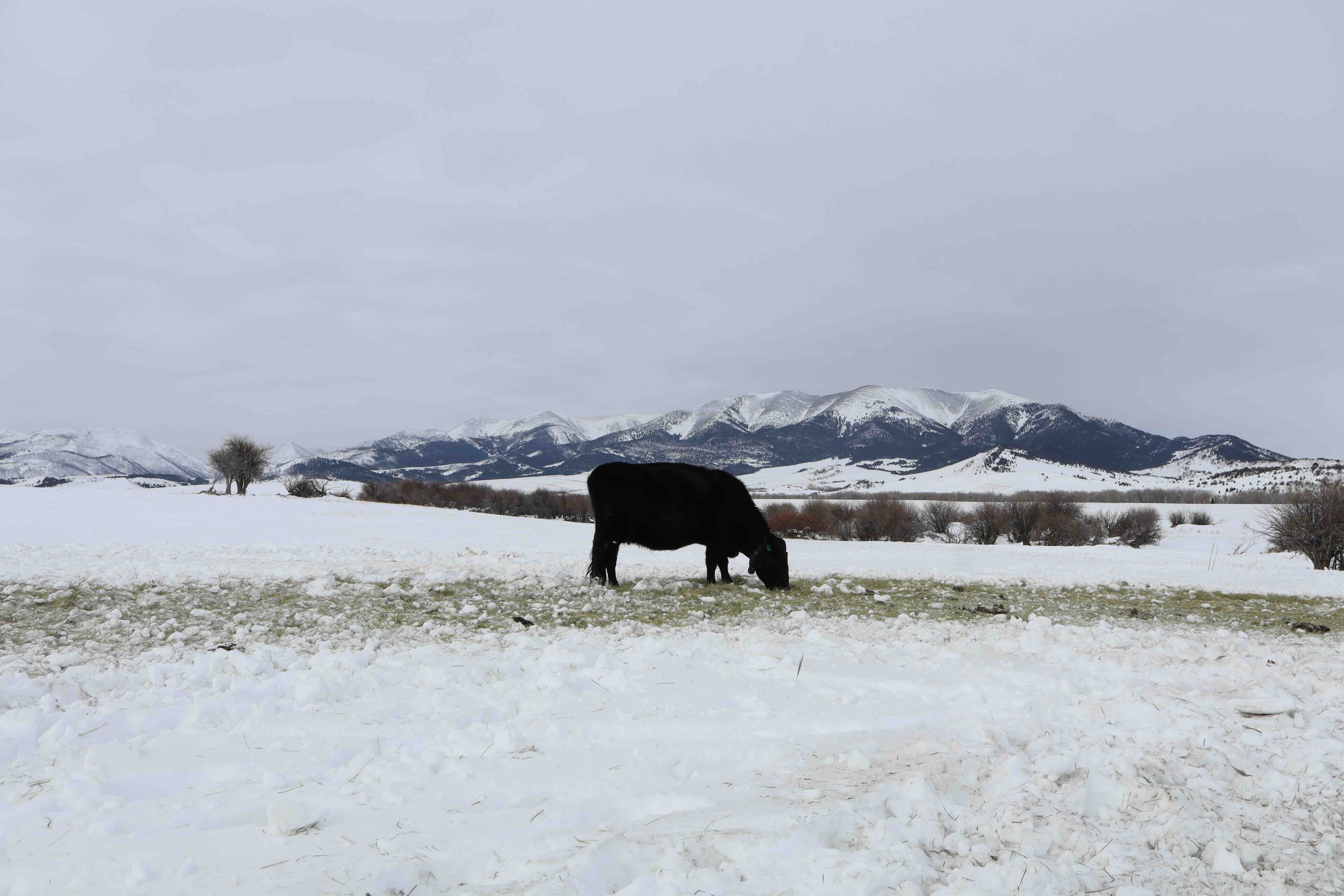
Winter grazing strategies with virtual fencing: cut feed costs and extend your season
Learn proven winter grazing strategies to cut hay costs by thousands. Extend your grazing season, protect soil health, and reduce feed bills with virtual fencing.
Read more
From Escape Rooms to Agritech: Meet Dylan, Software Engineer at Halter
From wiring escape room puzzles to building AI-powered pasture predictions, Dylan’s always followed tough, real-world problems. Now at Halter, he’s helping farmers and ranchers forecast grass growth with satellite imagery, weather data, and machine learning models.
Read more




